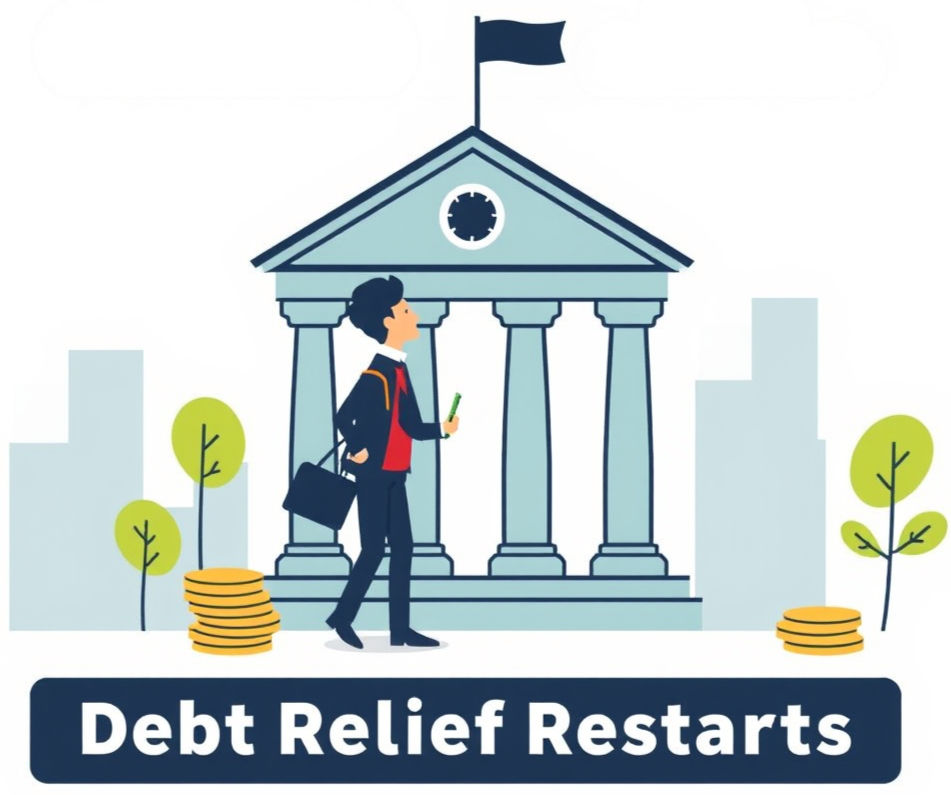The School I Was Enrolled in Closed. How do I Cancel the Debt?
- TitanPrep News

- Nov 8, 2021
- 3 min read
Updated: Jun 6, 2022
When your federal student debts are eliminated because your school has permanently closed, this is known as a closed-school discharge. Direct loans, Federal Family Education Loans (FFEL), and Perkins loans are among the loans that can be discharged.
FFEL loans are bank-issued federal loans. These are historical loans that were made before federal loans were made directly by the US government. The Department of Education is in charge of education. Perkins loans, which are federal student loans with lower interest rates based on financial need, are no longer available. As a result, recent student loans are almost certainly direct loans. Log into your studentaid.gov account to see what types of loans you have.
If the school closes while you are enrolled, you are eligible for a closed-school loan discharge, however this is not a requirement. You can also request a discharge if you:
5 Steps to Apply for a Closed-School Loan Discharge
You've been granted a leave of absence but haven't completed your degree or program.
Within 120 days of the school's closure, I withdrew.
If your school closed on or after Nov. 1, 2013, and you did not attend another school to finish your degree or program within three years of the close date, you may be automatically discharged. Before three years has passed, you can seek for a discharge. The discharge, however, is not certain.
Disqualifications
You are not eligible for a full discharge of your student loans if you were able to transfer academic credits or finish your studies at another school with a comparable degree program. If you earn your degree through a teach-out program, you will be rejected. This is an option that your closing school may present to you in order for you to continue your studies at another school that has agreed to accept your closing school's pupils.
Obtaining a diploma does not exclude you from receiving a closed-school discharge. When students don't finish their education, some schools provide diplomas or certificates.
5 Steps to Apply for a Closed-School Loan Discharge
Get in touch with your loan servicer. Your service provider will send you an application that looks similar to this one. Take your time when answering the questions. An incorrect response could cost you a discharge that you would otherwise be eligible for. If you have any questions, you should contact your servicer for answers.
Continue to pay your payments. Only if your loan servicer grants temporary forbearance can you stop making payments. You can still seek an income-driven repayment plan to reduce your monthly payments at this time.
If your loan is fully discharged, stop making payments. Your credit report will be cleared of default records if you defaulted on these loans. You may also receive a refund for the payments you made.
Continue to make payments if your loan was partially discharged.
Inquire about tuition recovery funding in your state. These monies are utilized to repay tuition money that has been paid in excess of the amount discharged. It can bridge the gap between the entire cost of tuition and the discharge of federal student loans under the closed-school program. Assume the total cost of tuition is $15,000. You took out a government student loan for $6,000 and a private student loan for the remaining $9,000. You might get up to $9,000 from the state.
Conclusion
Students who do not finish their degree or program at another institution can apply for a closed-school discharge on their federal student loans. Your federal student loan servicer can provide you with the application. You must have been a student at the time the school closed, be on a permitted leave of absence, or have withdrawn within 120 days of the school's closing date to be eligible.
If you chose a teach-out program or to transfer credits to finish your degree or program to another school, this option is not available. Alternative federal student debt repayment plans and forgiveness alternatives should be considered such as IDR programs and PSLF.





Comments